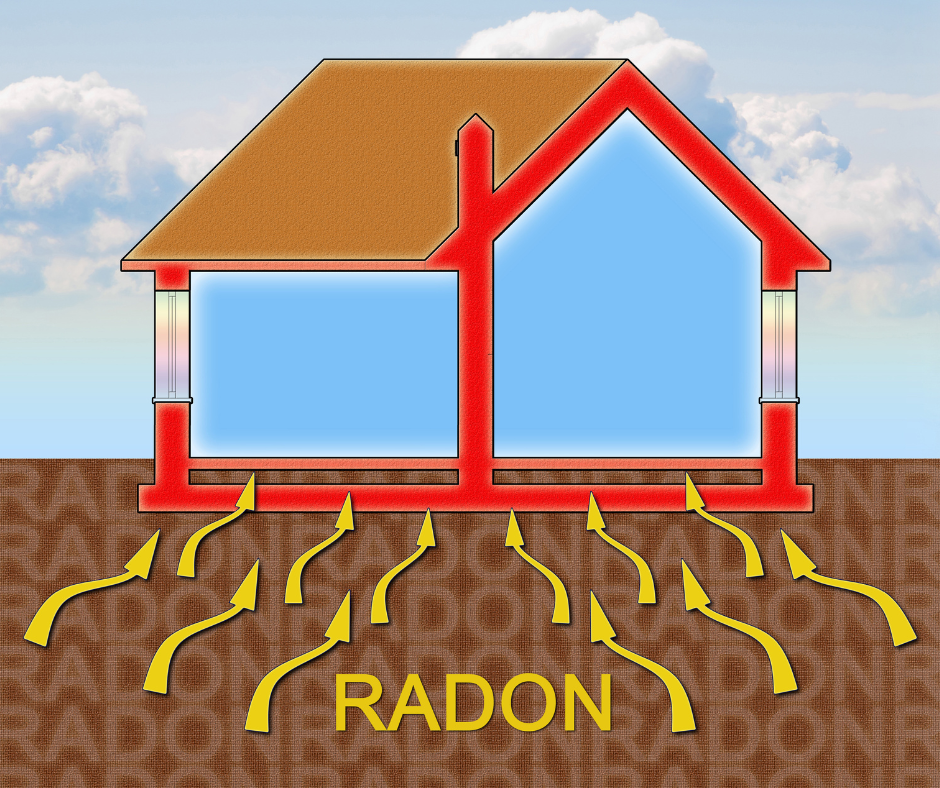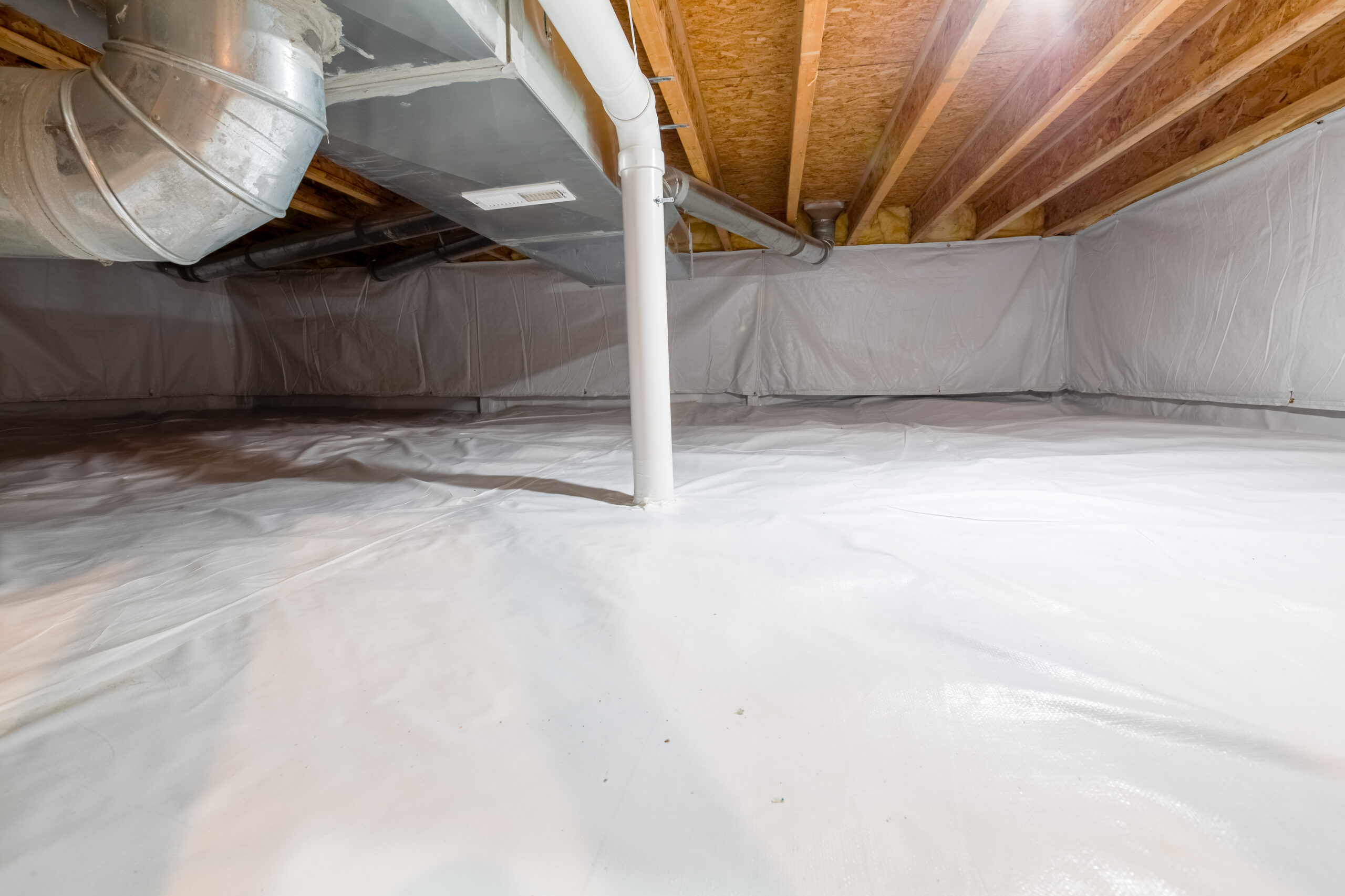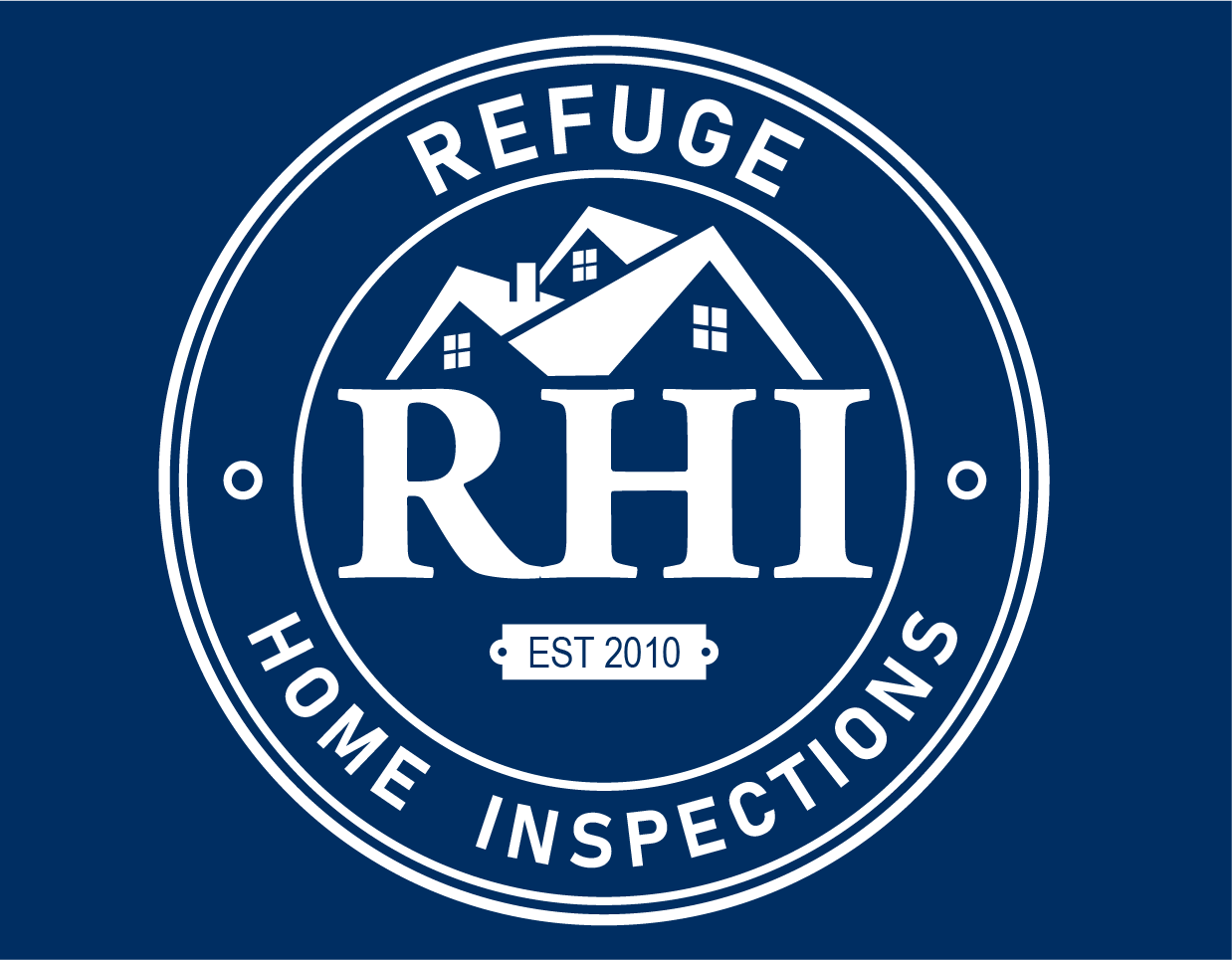Ensuring the safety and well-being of our loved ones is a top priority, which is why it’s vital to be aware of potential health hazards within our homes.
One such danger that often goes unnoticed is radon, a colorless, odorless, and tasteless gas that is harmful when present in high levels. Many people also believe that radon levels are only high in basements and that is not the case.
RHI Home Inspections discusses the top three signs that indicate the need for a radon test in your home, emphasizing the importance of proactive testing and mitigation.
Geographic Location
Radon gas occurs naturally in soil and rocks, and its presence varies depending on geographical location.

Certain areas are more prone to high radon levels, making it crucial to test homes in these regions. If you reside in a designated “high-risk” area, it’s wise to consider testing your home for radon.
The Environmental Protection Agency (EPA) and other organizations provide radon maps indicating areas of potential concern. However, it’s important to note that radon can be present in any location, so even if you live in a low-risk area, it’s still prudent to get your home tested.
Health Symptoms
Radon exposure can have severe health consequences, including an increased risk of developing lung cancer. While symptoms of radon exposure might not be immediate or easily recognizable, they can gradually manifest over time.
If you or your family members often experience persistent coughs, shortness of breath, chest pain, or respiratory issues that seem unusual, it could be an indication of radon inhalation. Testing for radon in such cases is crucial to identify potential exposure risks and take the necessary steps toward remediation and protecting your health.
Home Construction
The year in which your home was constructed can provide valuable insights into the likelihood of radon presence.
Older homes, especially those built before the 1970s, may not have been constructed with proper radon-resistant features. These homes are often more vulnerable to radon infiltration due to cracks in the foundation, poor ventilation, or other structural issues.
Newer homes actually boast the opposite concern with being sealed so well that radon gases build. Similarly, homes with basements or those built on crawlspace foundations tend to have a higher risk of radon accumulation.

If your home falls into any of these categories, it’s advisable to conduct a radon test to determine if any mitigation measures are necessary.
Radon gas poses a significant health risk, and identifying its presence in your home is a critical step toward safeguarding your family’s well-being. By considering the geographic location, health symptoms experienced, and the construction features of your home, you can determine whether a radon test is necessary.
Being proactive and testing for radon is the first step in ensuring a healthy living environment and taking appropriate measures to mitigate any elevated levels found. Remember, radon exposure is preventable, and early detection can save lives.
